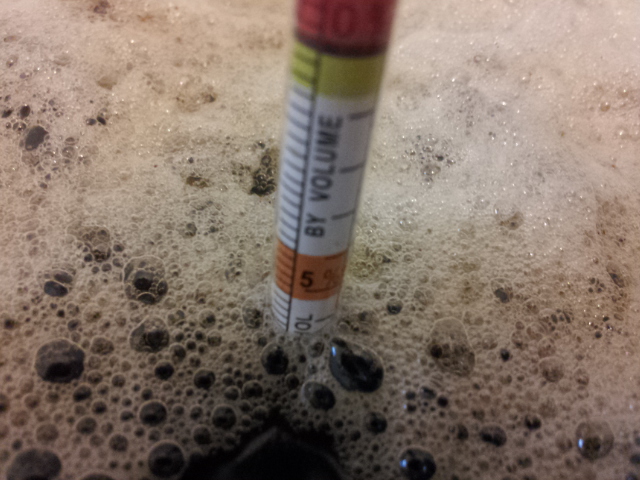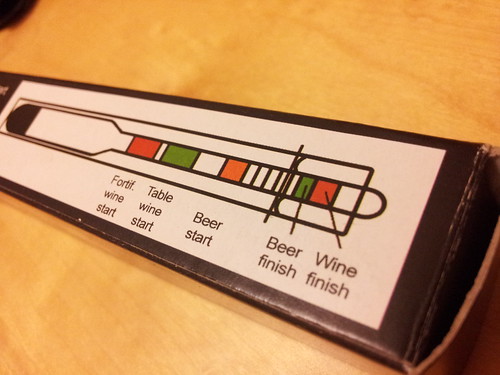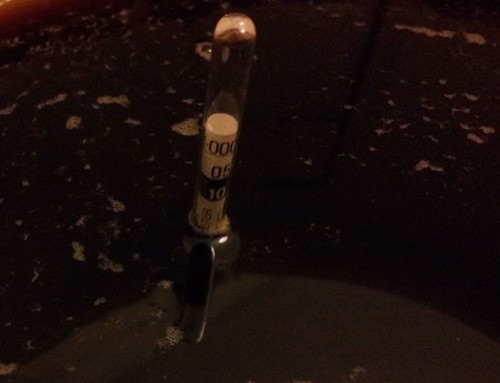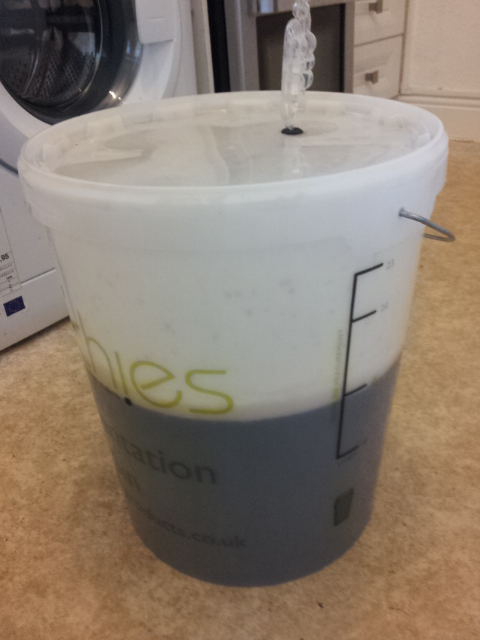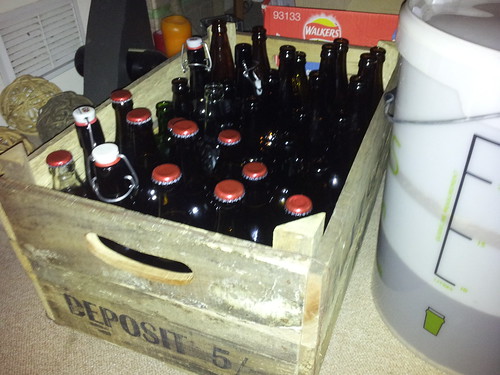robertandrews
Active Member
I made this pumpkin ale on October 9 - http://www.seriouseats.com/recipes/...n-beer-recipe-extract-homebrewing.html#_login
It is now day 13 of my fermentation with recipe. With my hydrometer, I am getting readings of 1.013 and only 2% alcohol.
(Hydrometer is in the fermentation bucket, not in a measuring jar - is this ok?). http://www.flickr.com/photos/parakeet/6266307612/ & http://www.flickr.com/photos/parakeet/6265778351/in/photostream
Is this correct? I don't know much about this stage, but I feel like I should be seeing some different numbers there.
If so, what has gone wrong and is there anything I can do at this stage? I was planning on bottling tomorrow.
It is now day 13 of my fermentation with recipe. With my hydrometer, I am getting readings of 1.013 and only 2% alcohol.
(Hydrometer is in the fermentation bucket, not in a measuring jar - is this ok?). http://www.flickr.com/photos/parakeet/6266307612/ & http://www.flickr.com/photos/parakeet/6265778351/in/photostream
Is this correct? I don't know much about this stage, but I feel like I should be seeing some different numbers there.
If so, what has gone wrong and is there anything I can do at this stage? I was planning on bottling tomorrow.



